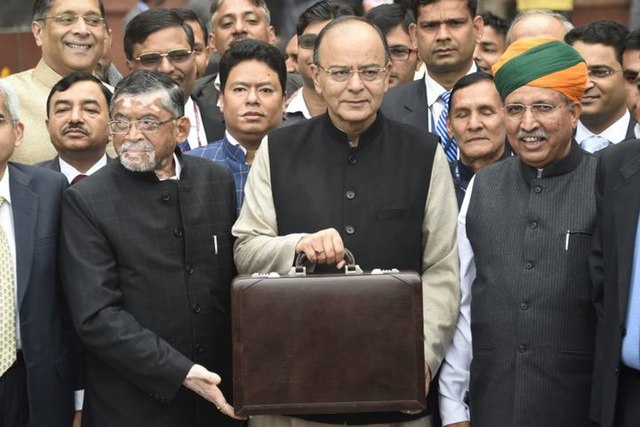Let’s start this lesson with the simplest harmonic pattern. So what could be more basic than the good old ABC’s? We’ll just pop in another letter at the end (because we’re cool like that), and we’ve got the ABCD chart pattern! That was easy!
To spot this chart pattern, all you need are ultra-sharp hawk eyes and the handy-dandy Fibonacci tool.
For both the bullish and bearish versions of the ABCD chart pattern, the lines AB and CD are known as the legs while BC is called the correction or retracement. If you use the Fibonacci retracement tool on leg AB, the retracement BC should reach until the 0.618 level. Next, the line CD should be the 1.272 Fibonacci extension of BC.
Simple, right? All you have to do is wait for the entire pattern to complete (reach point D) before taking any short or long positions.
Oh, but if you want to be extra strict about it, here are a couple more rules for a valid ABCD pattern:
- The length of line AB should be equal to the length of line CD.
- The time it takes for the price to go from A to B should be equal to the time it takes for the price to move from C to D.
Three-Drive
The three-drive pattern is a lot like the ABCD pattern except that it has three legs (now known as drives) and two corrections or retracements. Easy as pie! In fact, this three-drive pattern is the ancestor of the Elliott Wave pattern.
As usual, you’ll need your hawk eyes, the Fibonacci tool, and a smidge of patience on this one.


As you can see from the charts above, point A should be the 61.8% retracement of drive 1. Similarly, point B should be the 0.618 retracement of drive 2. Then, drive 2 should be the 1.272 extension of correction A and drive 3 should be the 1.272 extension of correction B.
By the time the whole three-drive pattern is complete, that’s when you can pull the trigger on your long or short trade. Typically, when the price reaches point B, you can already set your short or long orders at the 1.272 extension so that you won’t miss out!
But first, it’d be better to check if these rules also hold true:
- The time it takes the price to complete drive 2 should be equal to the time it takes to complete drive 3.
- Also, the time to complete retracements A and B should be equal.
Here’s a forum thread discussing the ABCD pattern and a trade setup with the three-drive pattern.













